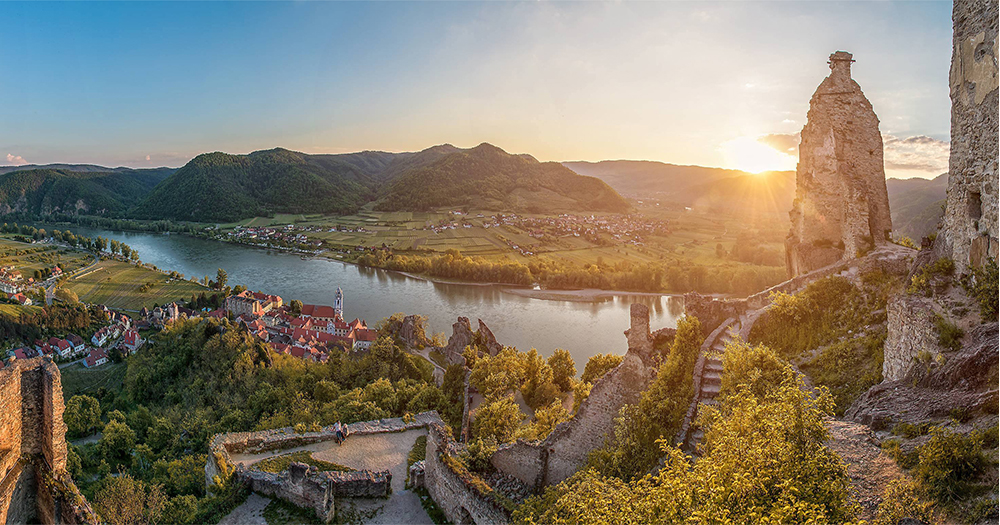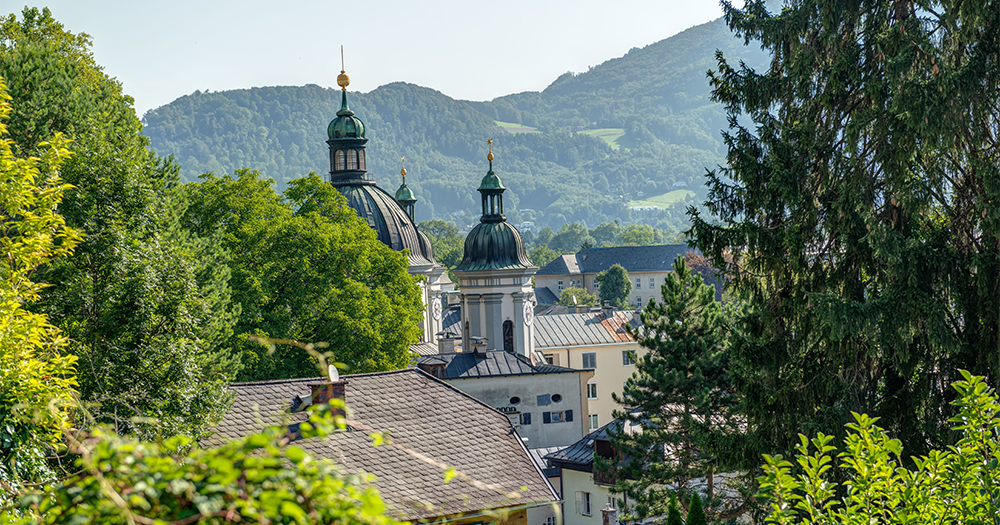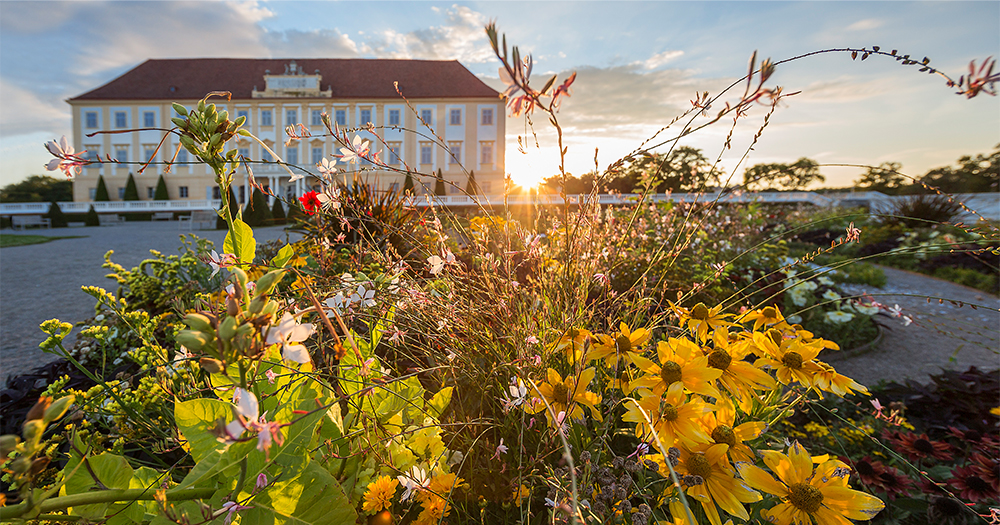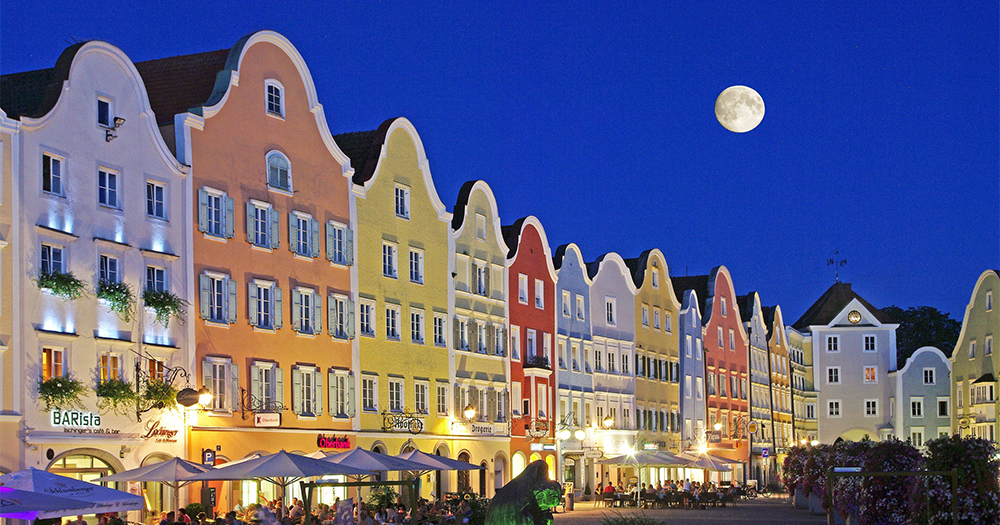Historic sites in Austria, reimagined.
Austria is a country deeply committed to preserving its history and bringing the past to life—with a modern twist. The essence of Austria’s Lebensgefühl (attitude to life) lies in architectural masterpieces and in cultural landscapes and locations; culture is actually lived and celebrated here, not just observed. The protection of monuments naturally plays a central role. By responsibly taking care of historic buildings, resources are conserved, traditional craftsmanship is upheld, and visitors can partake in experiencing history. Altogether, this creates an ideal combination of socio-cultural and ecological sustainability.

UNESCO World Heritage: people and culture in dialogue
The twelve UNESCO World Heritage sites in Austria showcase centuries of cultural development. The interplay between people, nature and tradition is omnipresent, from Salzburg’s Baroque Old Town to the architecture along Vienna’s Ring Strasse and the cultural landscape of the Wachau Valley.

Castles, palaces and gardens: culture that lives on
Austria’s castles and palaces are more than just monuments—they’re narrative spaces that are very alive. Schönbrunn Palace, Kreuzenstein Castle and Laxenburg Castle shed light on the courtly lifestyle and everyday culture of times gone by. Historic palace gardens unite nature with aesthetic styles. A great example of living history is how a number of palaces welcome travelers, sometimes even letting them stay overnight.

Abbeys and monasteries: serene places of power
As centers of art, spirituality and dialogue, abbeys and monasteries have shaped Austria’s cultural landscapes for centuries. Whether the Melk Abbey library, the Baroque masterpiece of the Göttweig Abbey, or the living monastic traditions in the Heiligenkreuz Abbey, they all show how architecture, history and spiritual life seamlessly fuse together. Today, many of these sites are open to the general public, offering tours, holding concerts and allowing for genuine encounters with monastic life. It’s a living exchange between past and present.

Small historic towns: experience a town’s history
You’ll really get the feel of European history in everyday life when you visit Austria’s small historic towns. Places like Steyr or Bad Ischl preserve squares, houses, and stories of craftsmanship. A variety of themed routes lead through these towns, giving you the opportunity to experience the culture firsthand. Medieval courts become festival locations, artists work in historical town houses, and the past is an active part of today.

Libraries and library hotels: space for reflecting
Austria’s libraries keep history alive, as living, breathing archives of the past. The Admont Abbey library feels like a walk-in universe of its own, and the Austrian National Library in Vienna is a palace of knowledge. Anyone who desires a deep-dive into the literary world will find literary hotels, the ideal environment where literature is intertwined with your vacation in Austria.
